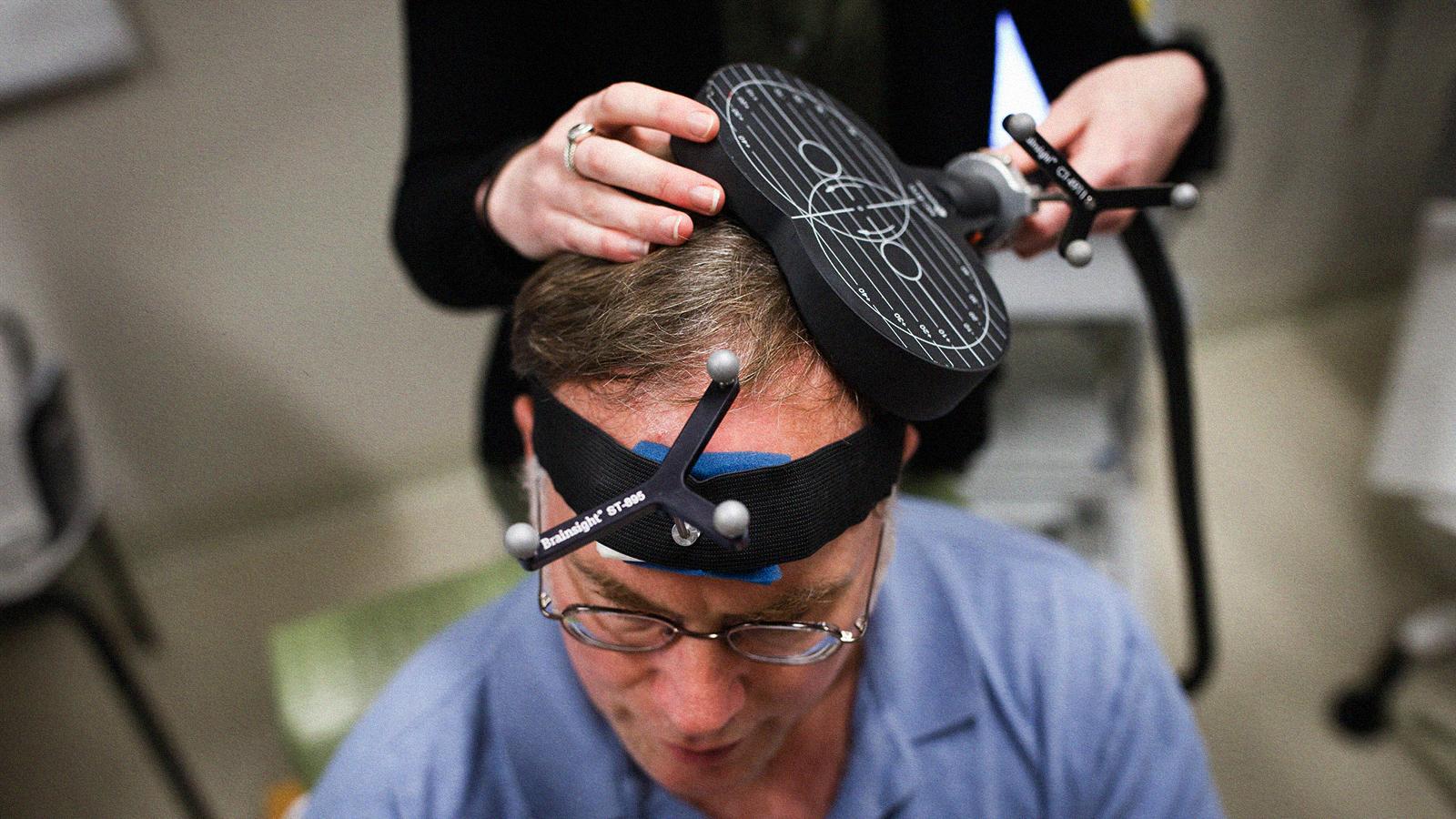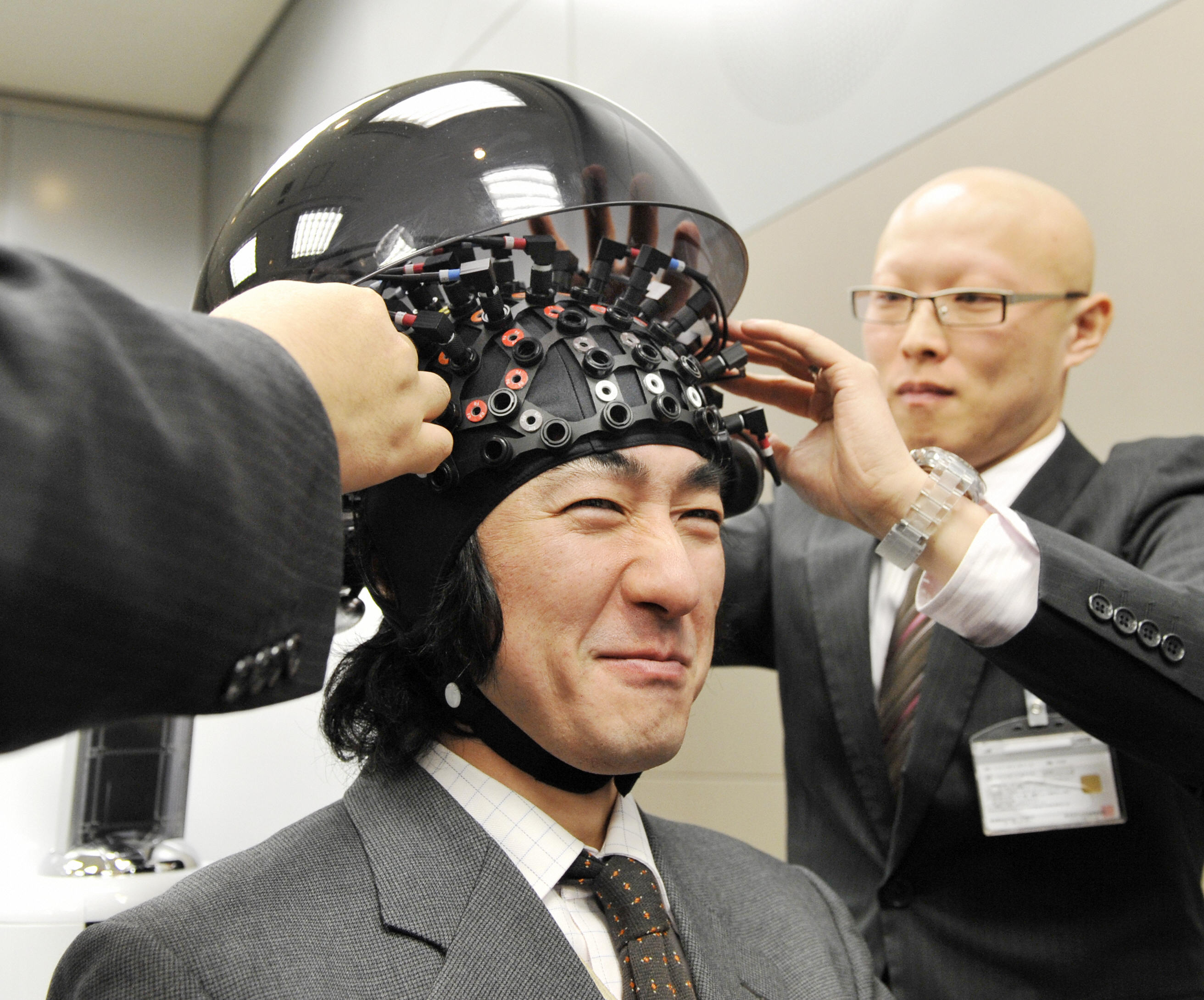‘Human Cruise Control’ Uses Electrodes to Steer People in the Right Direction

The smartwatch has been a first attempt by developers to bring consumers back to the world — it’s a device that allows users to glance at their wrists to see just the important notifications. If the smartwatch is any indication as to how the smartphone will be utilized in the future, it’ll act as a kind of hub for other, less disruptive devices.
Take the “human cruise control” a group of German researchers are working on. According to Rachel Metz from MIT Technology Review, who reported on the study, the device will allow consumers to focus on the journey, rather than their five-inch screens when they’re getting GPS directions.
The technology electrically stimulates a person’s legs to direct them where they’re supposed to go. If adopted by a wide consumer base, it would alleviate much of New York City’s sidewalk-rage over people stopping in the middle of the walkway to look at their phones for directions.
The researchers tested the device by placing it around a group of participants’ sartorius muscles, which run across the thigh. The device uses electrical stimulation to steer people — it feels “like a tingle that lessens over time,” according to Max Pfeiffer, one of the co-authors of the study.
The participants were blindfolded and led by the researchers, who weren’t far behind, giving them directions through the device. However, two of the participants couldn’t feel anything when researchers actuated their muscles, leaving 11 people. Researchers were able to steer these remaining participants well enough that they moved the trials to the great outdoors.
The device still has a ways to go; first, the researchers need to program the device to understand directions from a GPS app rather than a human pushing buttons. Next on the list would be making the device less clunky. Metz writes that the ones used in the study “were bulky and noticeable, especially when combined with the electrical muscle-stimulation control unit.”
Read more about the study at MIT Technology Review.
Photo Credit: Shutterstock




